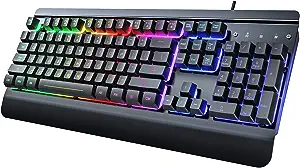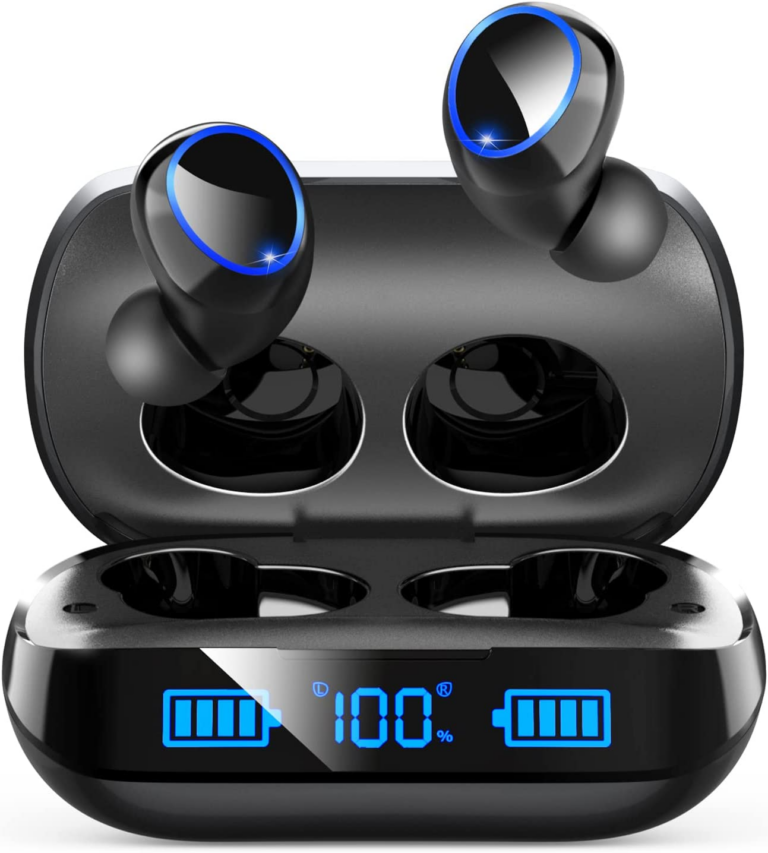Aspect Ratio – Simple Guide For Identifying and Understanding

What Is Aspect Ratio?
The width to height ratio of an image is known as the aspect ratio. It’s frequently written as 16:9, which is two integers separated by a colon. An image with an x:y aspect ratio is x units width and y units tall.
Moreover, an older standard-definition screen, for example, had a 4:3 aspect ratio, which is a square rectangle. “4 to 3,” or four units width by three units high, is the meaning of the 4:3 ratio. The 16:9 aspect ratio of today’s TVs and monitors is a big rectangle that is still not as wide as most movie theatre screens.
In addition, the aspect ratio explains the relationship between width and height in monitors and screens. 4:3, 16:9, and 21:9 are some of the most common display aspect ratios.
- 4:3 Aspect Ratio: the 4:3 aspect ratio, sometimes known as ‘fullscreen,’ was originally the standard for films, broadcasts, and computer monitors in the twentieth century. With the introduction of HD resolutions, 4:3 is no longer as popular.
- 16:9 Aspect Ratio: For anything relating to high definition, the 16:9 aspect ratio, sometimes known as “widescreen,” has become the international standard. 16:9 has become more popular than 4:3 and may now be found on DVDs, televisions, theatres, and video games.
- 21:9 Aspect Ratio: 64:27 is referred to as the 21:19 aspect ratio. 21:9 is the natural next step from 16:9, the current international standard, although it has yet to gain traction. It has only been used on ultrawide computer displays and televisions, as well as cinematic widescreen projectors, up until now.
Does the Aspect Ratio Match?
Almost all experts believe that matching the aspect ratio of the monitor to the aspect ratio of the camera is crucial for displaying good video images (or another incoming video source). A 16:9 image on a 16:9 widescreen LCD monitor is seen below.
Moreover, in the industrial, commercial, security, and law enforcement industries, however, many cameras still use 4:3 CCD or CMOS imagers. As a result, monitors with the same 4:3 aspect ratio as the cameras are required to display clean, undistorted video images. If you don’t, your photographs will be warped, as demonstrated below.
Additionally, on a 16:9 monitor, there are three basic techniques for showing a 4:3 video stream, each with its own set of drawbacks:
- Tolerate vertical black bars on the screen’s left and right sides (known as pillar boxing
- Images that are stretched and deformed horizontally, making individuals and objects appear shorter and wider
- Alternatively, you can zoom in on the video signal, which removes the top and bottom portions of the images.
Advantages of the larger aspect ratio.
As you can see, a higher aspect ratio usually indicates the display will be wider, while the height will remain relatively unchanged. So, what are the advantages of a larger monitor? There’s also a larger display area, which can make multitasking more pleasurable.
Moreover, when it comes to gaming, though, a bigger aspect ratio has a distinct advantage: a larger field of vision. Although not all games support ultrawide monitors, this means improved peripheral vision in most games, giving you an advantage in multiplayer.
In addition, while certain older games or console ports may not support a 21:9 aspect ratio, others, like Overwatch, restrict ultrawide support on purpose to prevent some players from having an unfair edge over others.
Frequently Asked Questions
What is the best aspect ratio for a monitor?
Most high-definition LCDs and televisions have a native aspect ratio of 16:9. (15:9 and 16:10 are very similar). It’s 78 percent broader than tall, and a third bigger than a 4:3 screen. Widescreen monitors with a 16:9 aspect ratio are perfect for displaying HD video signals.
What aspect ratio is 2560×1440?
2560 x 1440 QHD, WQHD, 16:9 aspect ratio
A display resolution of 2560 x 1440 pixels in a 16:9 aspect ratio is known as QHD (Quad HD), WQHD (Wide Quad HD), or 1440p. QHD refers to the fact that it contains four times the number of pixels as HD (720p).
Does aspect ratio matter on the monitor?
The majority of this is plain sense; it’s all a question of personal preference, and it makes no difference. You’re right that differing aspect ratios affect things, but not nearly as much as stretching the screen with your monitor’s settings.
Does lowering the aspect ratio increase performance?
Lowering the resolution does not improve the game’s performance in terms of frames per second.
How do I find the aspect ratio of my monitor?
Divide the height by the width to get an exact aspect ratio. Consider the following scenario: 3 2 = 1.5, so move the slider to 150 for a 2:3 aspect ratio.
Which is the suitable aspect ratio for photo editing?
The aspect ratio of 16:9
Photographers should choose a professional monitor with at least 100 pixels per inch (PPI), which will allow them to edit and validate image details with higher accuracy. Left: A 27-inch monitor with a 1920×1080 resolution and a 16:9 aspect ratio have a PPI of 82.
CONCLUSION
We’ve now concluded this article, and we’ve learned that the ideal aspect ratio is usually whatever your display’s natural aspect ratio is. It is, however, dependent on the type of information you are seeing as well as your particular preferences.
In addition, Make sure the Aspect Ratio of your Monitor matches the Aspect Ratio of the input video source when generating a video, watching a video, or purchasing a new Monitor to avoid squeezed, shrunken, or distorted films.
Finally, we discovered that 16:9 is the most prevalent aspect ratio, as it is used for the majority of monitor and television resolutions, including 1920×1080 and 4K. Furthermore, a 16:9 aspect ratio is quite adaptable, as it can display both 4:3 and 21:9 content effectively.




